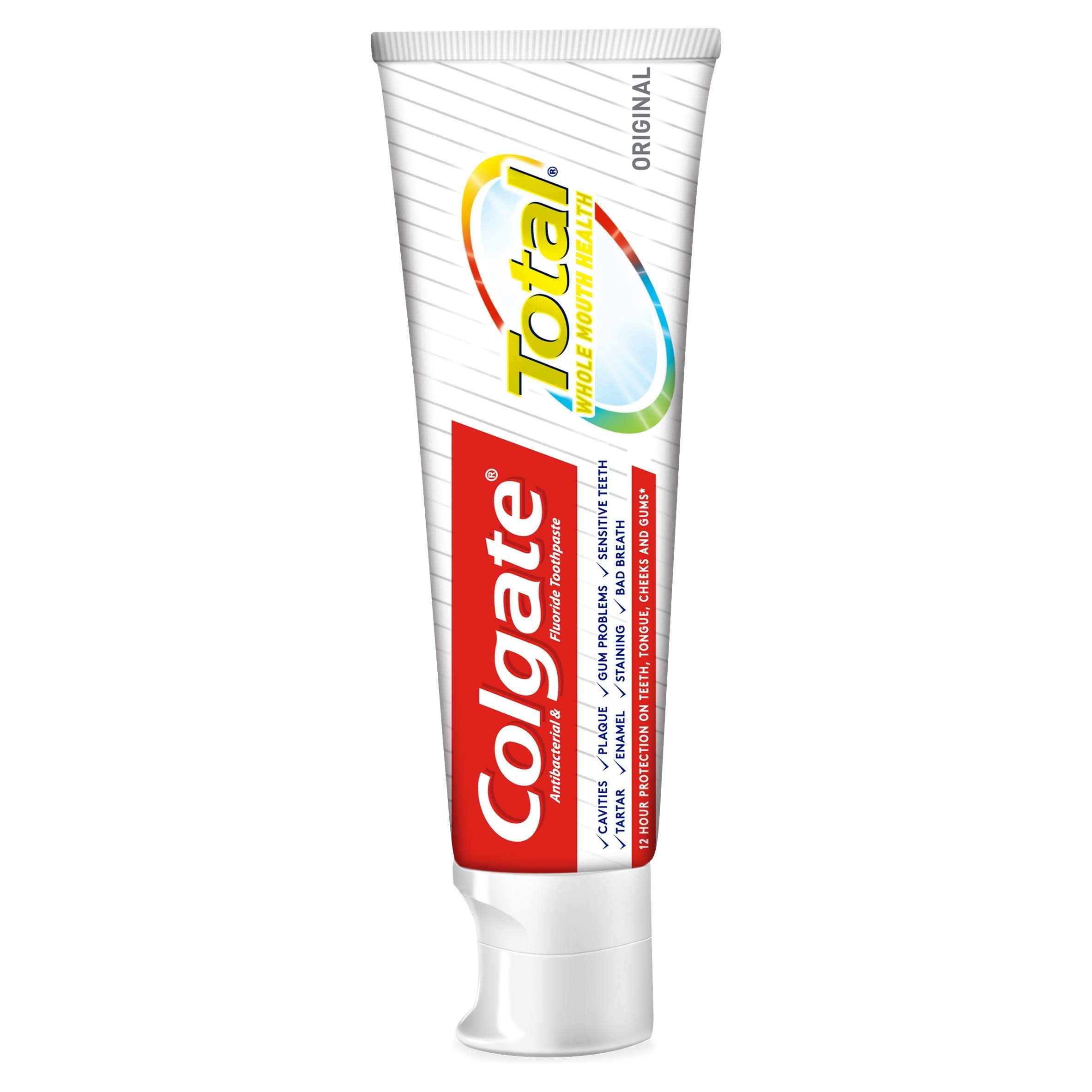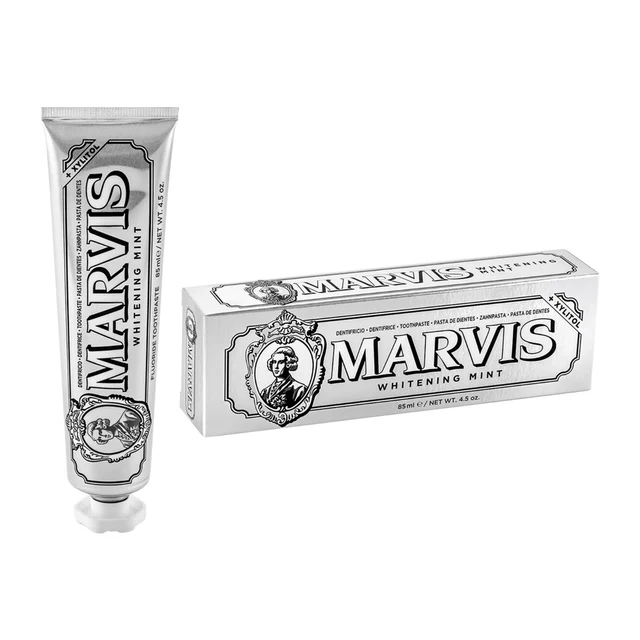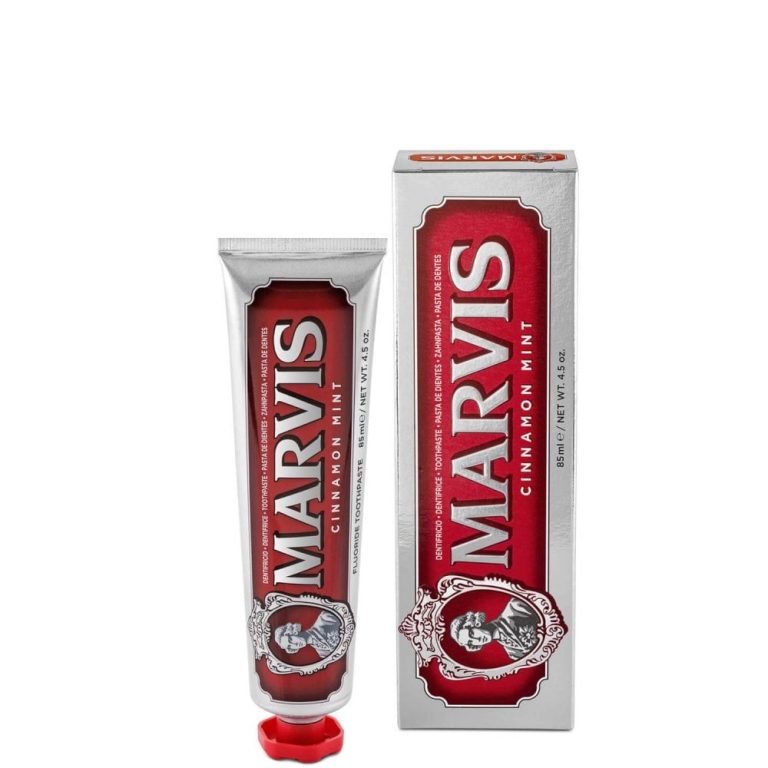
Eliminating Toothpaste Taste: Tips & Tricks
Importance of Fluoride in Toothpaste
Toothpaste is not just a cleaner; it’s a vital source of fluoride. Fluoride in toothpaste strengthens teeth, making them resistant to decay. It helps rebuild weakened tooth enamel and slows down loss of minerals from the teeth. Fluoride also reverses early signs of tooth decay. How to get rid of toothpaste taste?Every time you brush with fluoride toothpaste, you are giving your teeth a protective coating.
Fluoride’s Role in Dental Health
Fluoride is crucial for dental health. It stands as a defender against cavities, fighting off enamel erosion caused by bacteria and sugars. Its primary role is to enhance tooth enamel, which is the hard, outer surface of the teeth. Strong enamel is less prone to cavities. Fluoride also disrupts the production of acids that causes dental decay.
Timing and Benefits of Fluoride Exposure
The timing of fluoride exposure matters. To get the most benefit, fluoride needs time to work on your teeth. How to get rid of toothpaste taste?Experts suggest not rinsing right after brushing, so fluoride from toothpaste can remain longer on the teeth. This extended exposure is beneficial; it allows more time for fluoride to strengthen enamel and fend off tooth decay. While there’s no exact time set, waiting for a few minutes before rinsing or eating can help achieve better dental health outcomes.

Rinsing After Brushing: Yes or No?
Many of us follow a brush-rinse routine without thinking much about it. Rinsing feels like a natural step after brushing our teeth. However, the act of rinsing might not be as beneficial as you think.
Understanding the Need to Rinse
The primary reason people rinse after brushing is to remove toothpaste residue and its taste. We’ve been taught to rinse to avoid swallowing toothpaste, especially since many toothpaste formulas contain fluoride. While it’s true that ingesting large amounts of fluoride can be harmful, rinsing might reduce fluoride’s protective benefits.
Potential Benefits of Skipping the Rinse
How to get rid of toothpaste taste?If you skip the rinse after brushing, you could improve your dental health. Here’s why:
- Fluoride remains on teeth longer, strengthening enamel.
- The risk of decay declines as fluoride continues to protect teeth post-brushing.
- You extend the time fluoride has to battle harmful acids and bacteria.
Although it might feel odd at first, not rinsing allows the fluoride in your toothpaste to work harder to protect your teeth against cavities. Consider giving it a try to maximize your oral health benefits.
The Debate on Rinsing with Water
While the routine of rinsing with water after brushing feels natural, it may not always work in favor of optimal dental health. Let’s delve into the advantages and disadvantages of this common practice and what experts have to say.
Pros and Cons of Rinsing After Brushing
When it comes to rinsing after brushing, there’s a clear trade-off. Rinse, and you may wash away the unpleasant toothpaste taste. But you also might be flushing away the fluoride that protects your teeth. Here are some points to consider:
- Pros of Rinsing: It removes the toothpaste flavor that some find unpleasant. It also reduces the chance of swallowing toothpaste residues, offering peace of mind, especially for children or those prone to ingest it.
- Cons of Rinsing: Rinsing too soon can lessen the time fluoride has to work on your enamel. This cuts down on its ability to fight tooth decay and reinforce teeth.
Expert Recommendations on Rinsing Practices
How to get rid of toothpaste taste?Dental authorities have weighed in on this debate. While some recommend waiting a few minutes after brushing to rinse, others suggest skipping the rinse altogether. This allows the fluoride in your toothpaste more time to bond with your teeth’s enamel, offering longer-lasting protection against cavities.
The Oral Health Foundation advises spitting out excess toothpaste, but not to rinse immediately after. They point to the longer-term benefits for your teeth’s defense against decay. For those wary of leaving toothpaste in their mouth, consider using less toothpaste or choosing a brand with a milder taste.
In conclusion, to rinse or not to rinse comes down to the balance of personal comfort and maximizing fluoride’s benefits. Think about what feels right for you and your oral health needs, and consult with your dentist if you’re unsure.

How to Minimize Toothpaste Aftertaste
For some, the strong taste of toothpaste left in the mouth after brushing is unpleasant. There are simple ways to reduce this taste without rinsing immediately, thus preserving the benefits of fluoride.
Alternatives to Rinsing Out Toothpaste Taste
If you want to lessen the aftertaste of toothpaste without rinsing, here are a few tips:
- Chew Sugar-Free Gum: This stimulates saliva production, which can help wash away the taste.
- Drink Milk: Its fat content binds with the flavor compounds in toothpaste.
- Eat Cheese: Like milk, it can neutralize toothpaste taste and benefits dental health.
- Brush with Less Toothpaste: Using a smaller amount can reduce the intensity of the flavor.
- Switching Toothpaste Brands: Some toothpastes have milder flavors or use different sweeteners.
Dietary Tips for Reducing Toothpaste Flavor
How to get rid of toothpaste taste?Your diet can play a role in mitigating the taste of toothpaste left after brushing. Consider these options:
- Rinsing with Milk: A quick sip can reduce the sharp minty taste.
- Citrus Fruits: The acidity can counteract the alkalinity of toothpaste.
- Salty Snacks: A small amount may help neutralize the taste without compromising oral health.
While these methods can help, remember to choose options that don’t compromise dental care. For personalized advice, talk to your dentist about ways to manage toothpaste aftertaste while maintaining fluoride’s protective effects.
Considerations for Children’s Oral Care
Proper oral care for children is crucial for their overall health and developing good habits.
Age-Specific Toothpaste Usage Guidelines
Choosing the right toothpaste for children depends on their age. The American Dental Association suggests:
- Under Age 3: A rice-sized amount of fluoride toothpaste once the first tooth appears.
- Ages 3 and Up: A pea-sized amount of toothpaste is appropriate.
Parents and caregivers should supervise to ensure children do not swallow toothpaste.
Rinsing Routines for Younger Brushers
For young children, it’s important they rinse after brushing. This helps prevent them from swallowing toothpaste, which can be harmful in large amounts. Here are some tips:
- Encourage children to spit out toothpaste after brushing.
- Provide a small amount of water to swish and spit, ensuring they don’t ingest toothpaste.
- Supervision is key to teach them not to swallow toothpaste.
By guiding children through these routines, they can learn to balance clean teeth with safe practices.

Use of Mouthwash After Brushing
Using mouthwash can boost your dental health routine. It can freshen breath and fight bacteria. But when you use it after brushing is key.
Appropriate Timing for Mouthwash
Timing matters for the benefits of mouthwash. The main question is when to use it after brushing. Experts suggest waiting for a while. This allows the fluoride from toothpaste to work longer on your teeth. Some say to wait about 20 to 30 minutes before using mouthwash. This way, you get the most out of both fluoride toothpaste and mouthwash.
Choosing the Right Mouthwash
Choosing your mouthwash is also important. Look for ones with fluoride if you want extra protection. Alcohol-free options are gentle and good for those with sensitive mouths. If in doubt, ask your dentist. They can recommend the best type for your needs.

Establishing an Effective Oral Hygiene Routine
Good oral hygiene is the cornerstone of dental health. Your daily dental care should include a few key steps.
Best Practices for Daily Dental Care
To keep your teeth and gums healthy, follow these best practices:
- Brush twice a day with fluoride toothpaste. Aim for two minutes each time.
- Use a soft-bristled toothbrush and replace it every three to four months.
- Focus on each section of your mouth, brushing all surfaces of the teeth.
- Practice proper brushing technique: gentle circular motions without harsh scrubbing.
- Consider timing your brushing to ensure thorough cleaning, perhaps with a timer.
Remember not to rinse right away after brushing. It helps fluoride from toothpaste stay on your teeth longer.
When and How to Include Flossing
Flossing is another crucial part of your oral hygiene routine. Here is how to integrate it effectively:
- Floss once a day, ideally before bedtime, to remove plaque and food particles.
- Slide the floss gently between your teeth. Curve it around the base of each tooth.
- Use a fresh section of floss for each tooth to avoid reinserting bacteria.
Including flossing in your daily routine can prevent gum disease and cavities. Always be gentle to avoid harming your gums, and use mouthwash after flossing if desired.

